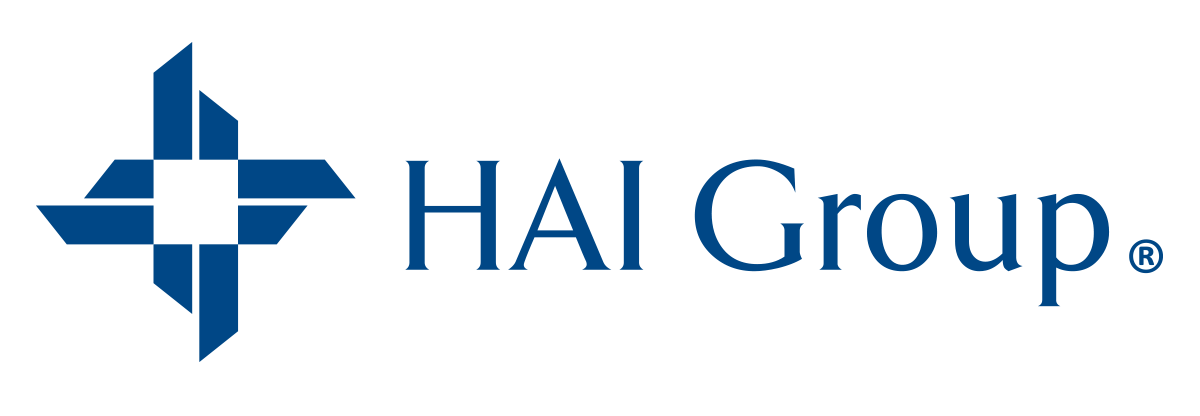Research Case Study: Bath Housing’s Comfortably Home Program

As homeowners grow older, they face a growing list of challenges that can prevent them from aging in place, including for medical, physical, or emotional reasons.
Bath Housing, a public housing authority in Maine, learned that mobility restrictions and safety concerns forced many elderly homeowners to seek public housing, as they could not stay where they lived. In response, Bath Housing established Comfortably Home, a unique solution that modifies residents’ homes so they do not have to seek alternative housing.
Bath Housing’s Comfortably Home program is featured in “PHA Pathways for Advancing Equity,” a report released by the Public and Affordable Housing Research Corporation (PAHRC), a member of HAI Group’s family of companies.
Challenge
Bath Housing learned that mobility restrictions and safety concerns have prompted many elderly homeowners to seek housing with the authority, as they cannot stay where they are.
Solution
To assist individuals and families needing accessibility features in their homes, Bath Housing established Comfortably Home in 2015. Comfortably Home workers modify homeowners’ residents to enhance safety and mobility at no cost to the individual or family.
Inspired by Johns Hopkins’ CAPABLE program and an initiative led by a local Habitat for Humanity, Comfortably Home follows a paid staffing model and focuses on retrofitting homes. Funding was first made available by a John T. Gorman Foundation grant for an 18-month pilot. Now, MaineHousing funds the program.
Families that earn less than 100% of the area median income and have a member with a disability or who is over 55 are eligible for Comfortably Home.
Implementation
At most homes, maintenance staff first perform a safety check to ensure that a smoke detector is present, adequate lighting is present, furnace and laundry vents are clean, and entryways and exits are clear. Once the safety assessment is complete, Bath Housing develops a customized work plan with each participant based on their health and mobility needs.
Comfortably Home specializes in one-time, minimally invasive, high-impact minor home improvements, with modifications to bathrooms and stairs being the most common.
Frequent stairway retrofits include:
- Replacing and adding handrails.
- Multi-level lighting switches to ensure participants do not have to walk down to a dark room.
- Adding pull cords to basements.
Bathroom modifications include:
- Grab bars.
- Shower wands and seats.
- Raised toilet seats.
- Non-slip materials.
- Curtains.
- Tub cutouts.
Maintenance staff check in with the participant six months after completion. The per-home cost is, at most, $3,000.
Impact
Bath Housing has modified the homes of more than 360 participants since the program’s inception and has funding to modify 50 homes annually.
Before renovating their homes, 7% of Comfortably Home participants went to the hospital in 2021 alone for falls. Just six months after participating, hospitalizations for injuries dropped to 0%. Testimonials also suggest that if a fall does occur, it is typically less severe.
“People feel better—the program has influenced their everyday life. Many say they didn’t know they needed it until they had it and wonder how they lived without it.” Bath Housing
MaineHousing allocated $300,000 toward Comfortably Home and has invited other local housing authorities to replicate the program. It has since rolled out to 13 additional sites across the state and inspired the U.S. Department of Housing and Urban Development’s Older Adult Home Modification Program.
Due to its paid staff model, Comfortably Home attracts and retains qualified talent for assessments and renovations. Maintenance staff, a program coordinator, and executive staff are employed. Bath Housing externally contracts tradespeople. Comfortably Home relies on its network of service providers and Bath Housing’s relationship with the medical community to connect with prospective participants and advise home modification plans.
Staff continues to receive education, having attended training at the University of Southern California, Davis School of Gerontology, and the National Association of Home Builders Aging in Place specialist training. The skills staff learned allow them to customize their work plan based on the changing conditions of participants and their needs. For instance, if participants have visual impairment, their homes can be designed to increase contrast. If a participant has arthritis, staff can change faucets from knobs to levers for ease of use.
Conclusion
Bath Housing’s Comfortably Home program demonstrates the power of creative, community-focused solutions in addressing the needs of aging homeowners. By providing cost-free home modifications that increase safety and mobility, the program enables elderly residents to remain in their homes, promoting dignity and independence.
The program’s success reduced hospitalizations, influenced housing authorities across Maine, and inspired national programs. As the need for such solutions grows, Bath Housing’s model serves as a blueprint for how public housing authorities can advance equity and support aging in place.
For more detailed insights and similar case studies, refer to “PHA Pathways for Advancing Equity,” a report by the Public and Affordable Housing Research Corporation (PAHRC), a member of HAI Group’s family of companies.
This article is for general information only. HAI Group makes no representation or warranty about the accuracy or applicability of this information for any particular use or circumstance. Your use of this information is at your own discretion and risk. HAI Group and any author or contributor identified herein assume no responsibility for your use of this information. You should consult with your attorney or subject matter advisor before adopting any risk management strategy or policy.



